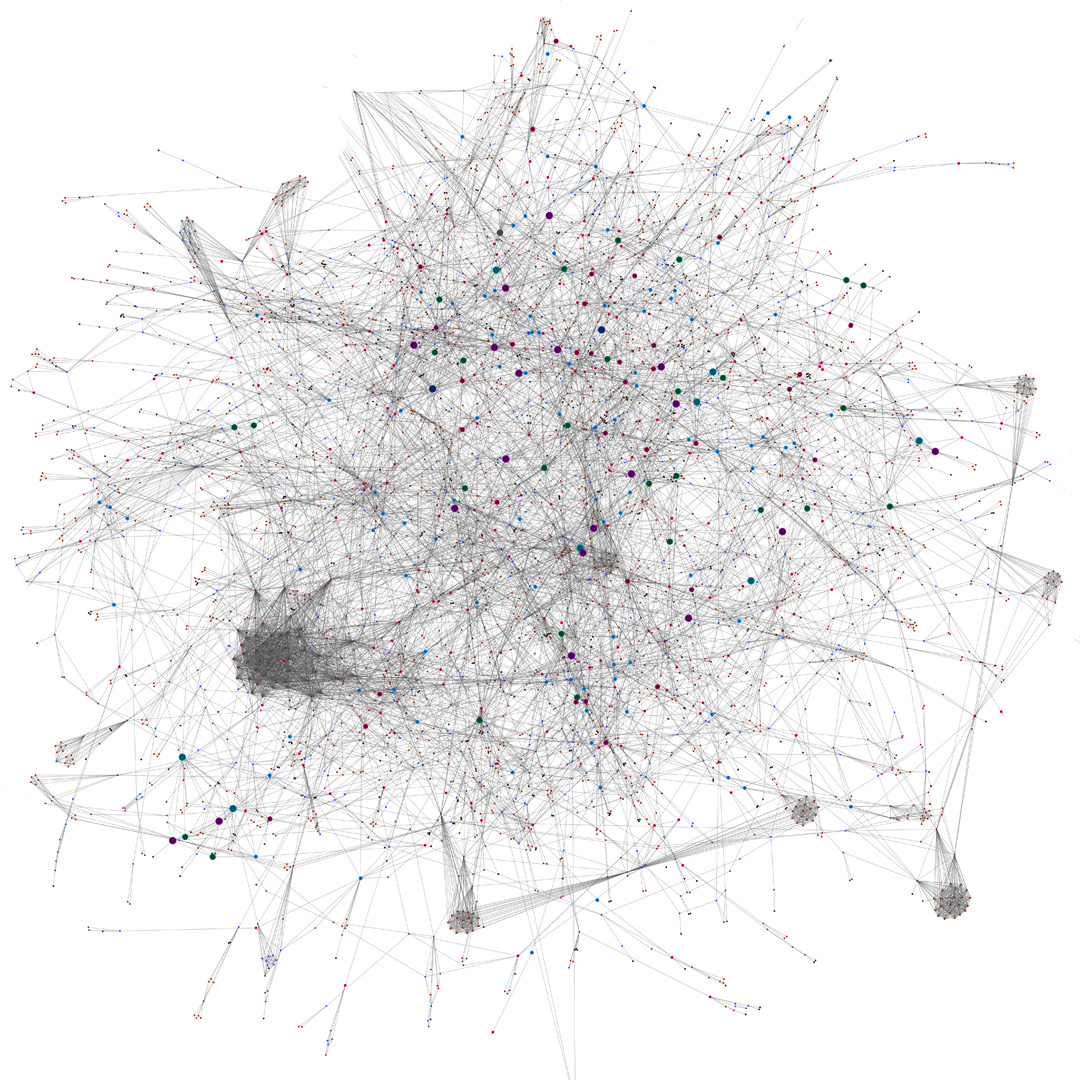Personalized Learning Network

Learning Objectives (Why This Matters)
By the end of this article, you will:
Understand what a Personalized Learning Network (PLN) is and how it enhances learning.
Learn how to build a PLN that maximizes retention and engagement.
Discover how to leverage online communities, experts, and feedback loops to accelerate learning.
Introduction
Have you ever learned something online that completely changed the way you think? Maybe it was a Reddit thread that made you reconsider a belief or a YouTube video that explained something better than a textbook ever could. With 68% of the world using the internet—that’s 5.56 billion people (Statista, 2024)—the potential to learn from anyone is enormous. But with opportunity comes noise: distractions, misinformation, and trolls.
This article will explain the best science-backed strategies to implement a Personalized Learning Network (PLN) so that you can engage with experts, collaborate meaningfully, and share your work. A strong PLN provides a foundation for lifelong learning, helps you make valuable connections, and opens doors to new opportunities and perspectives.
What is a Personalized Learning Network?
A PLN is a self-directed learning system where you curate resources, connect with experts, and engage with content in a way that maximizes understanding and retention. Rather than passively consuming information, you actively construct knowledge through engagement, collaboration, and real-world application (Nurbavliyev et al., 2022).
To structure this process effectively, I’ve developed the SHARE Framework—a method designed to help learners actively build knowledge and engage meaningfully in digital learning spaces.

The SHARE Framework is a five-step process for structuring and optimizing your Personalized Learning Network. Here’s how each step contributes to your growth:
Study
Learning starts with finding the right sources. Follow trusted experts, educators, and researchers to absorb foundational knowledge.
💡 Example: If you’re studying instructional design, follow thought leaders like Richard Mayer or Julie Dirksen on LinkedIn and read their work.
Hop-in
Learning is social. Join communities on Twitter, Reddit, Discord, or niche Slack groups to engage in discussions, ask questions, and exchange ideas.
💡 Example: If you want to master UX design, hop into the Design Twitter community, join UX research Slack channels, and follow #UX on LinkedIn.
Assess
Not all information is reliable. Use epistemic cognition strategies to cross-check facts, verify sources, and critically evaluate knowledge.
💡 Example: Before citing an AI research paper, check if it’s peer-reviewed, who funded the study, and whether experts support its claims.
Reflect
Learning isn’t just about taking in information—it’s about connecting new knowledge to what you already know. Reflect by summarizing key takeaways and considering real-world applications.
💡 Example: After watching a TED Talk on cognitive load theory, summarize the main points and relate them to your own learning experience.
Evaluate
The best way to learn is to teach. Share your insights by writing blog posts, creating Twitter threads, making YouTube videos, or discussing concepts with peers.
💡 Example: After learning about spaced repetition, create a Twitter thread explaining it in your own words to reinforce understanding and help others.
The Theories Behind the SHARE Framework
The SHARE Framework is based on well-established learning theories that explain why this approach enhances retention, engagement, and knowledge-building:
Social Cognitive Theory – Learning happens through “observation and imitation of others’ behaviors” (Nickerson, 2024). The more we engage with the content of knowledgeable individuals, the more we reinforce our own understanding. This applies to the Study stage of the SHARE framework. By actively seeking out and reading content from experts and thought leaders, we absorb their insights, shaping and strengthening our own knowledge.
Social Constructivism – Knowledge is co-created through discussions, collaboration, and shared meaning-making (Storm, 2024). Actively participating in learning communities enhances comprehension and retention. This aligns with the Hop-in stage, where engaging in online forums, discussions, and peer interactions fosters deeper understanding by allowing learners to challenge assumptions and refine ideas.
Connectivism – This theory posits that knowledge exists outside the individual, in networks and databases (Siemens, 2005). The ability to effectively connect and filter information is just as important as the knowledge itself. This supports the Assess stage, where learners critically evaluate sources, verify credibility, and curate high-quality learning materials to navigate the vast digital landscape effectively.
Epistemic Cognition – The study of how individuals assess knowledge and determine credibility (Green et al., 2015). Learners with strong epistemic cognition critically evaluate sources, seek expert consensus, and adjust their beliefs based on evidence. This applies to both the Reflect and Express stages of the SHARE framework—where learners process new insights, connect them to prior experiences, and articulate their understanding to solidify learning.
Conclusion
Building a Personalized Learning Network (PLN) isn’t just about consuming information—it’s about engaging with experts, critically evaluating sources, and actively sharing what you’ve learned. By following the SHARE Framework, you can transform passive learning into an interactive, structured process that enhances retention and real-world application.
By integrating theories like Social Cognitive Theory, Social Constructivism, Connectivism, and Epistemic Cognition, you ensure that your learning is collaborative, meaningful, and adaptable to the ever-changing digital landscape. A strong PLN not only improves knowledge acquisition but also fosters connections that open doors to new opportunities.
Now, let’s test your understanding with a quick Knowledge Check Quiz to reinforce these key concepts!

Chris Mena
Instructional Designer | Editor
Chris specializes in instructional technology, digital storytelling, and content strategy. With a background in video editing and a passion for innovative learning design, he integrates emerging technologies to create engaging, learner-centered experiences.
One Response
fZpW aeCa tWYfFUgr eXE LTLCHUD EvB